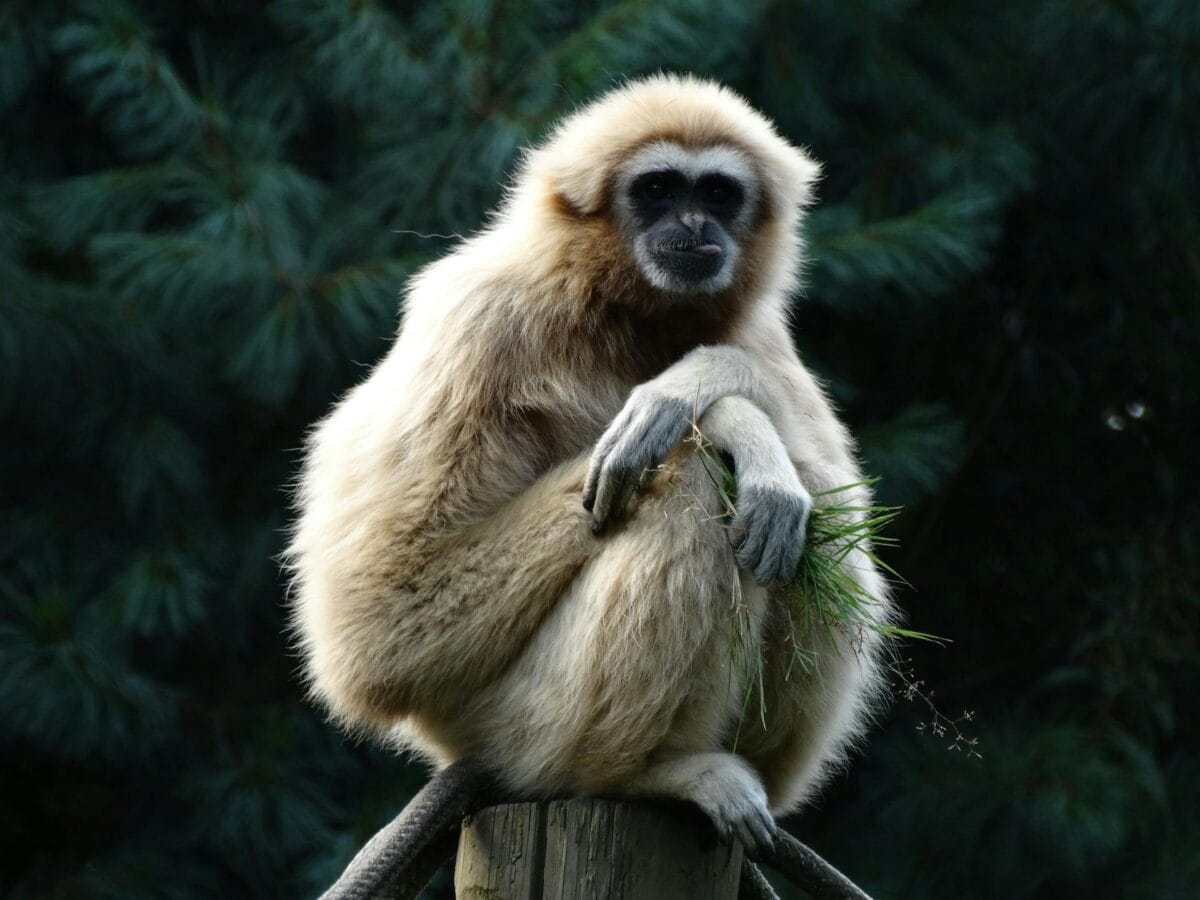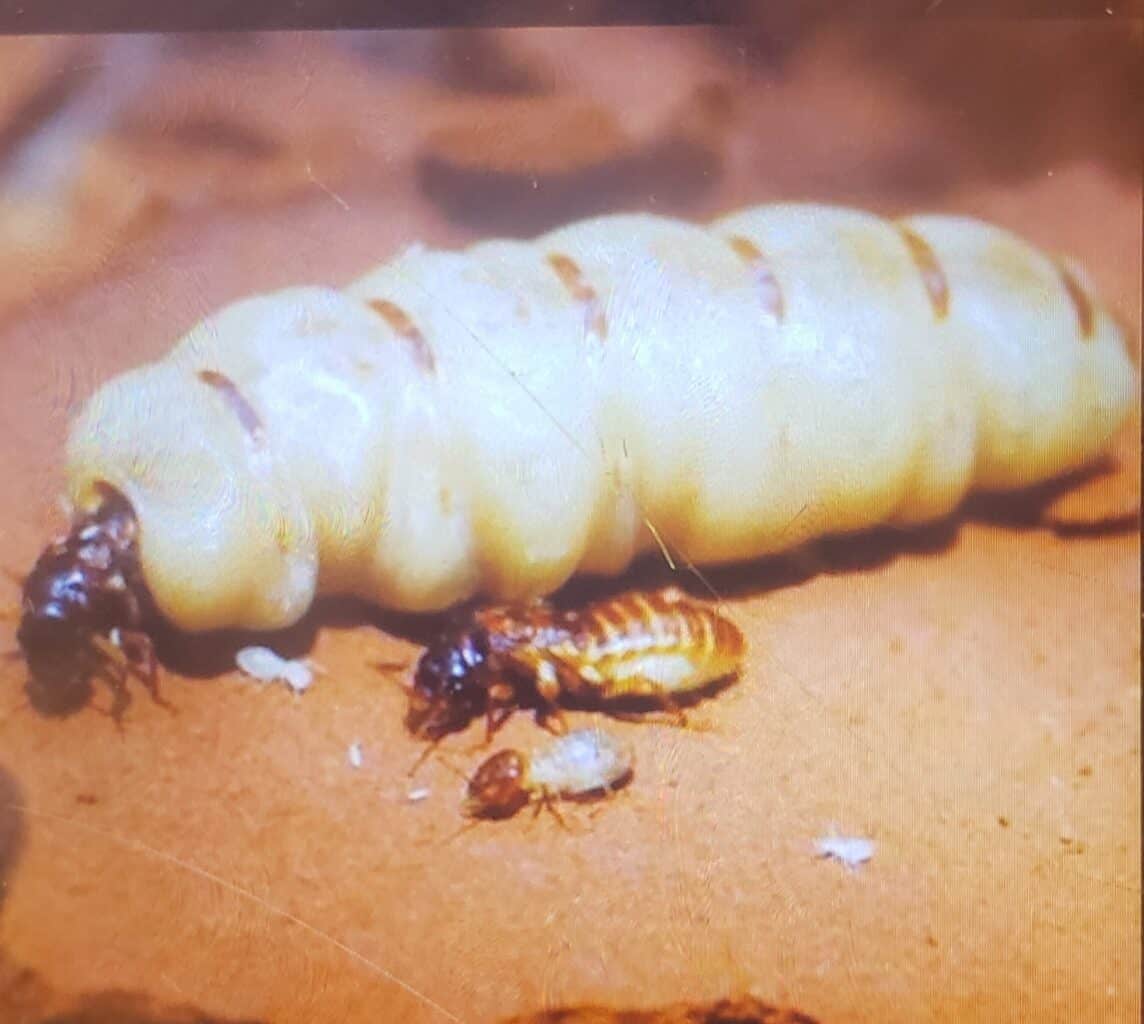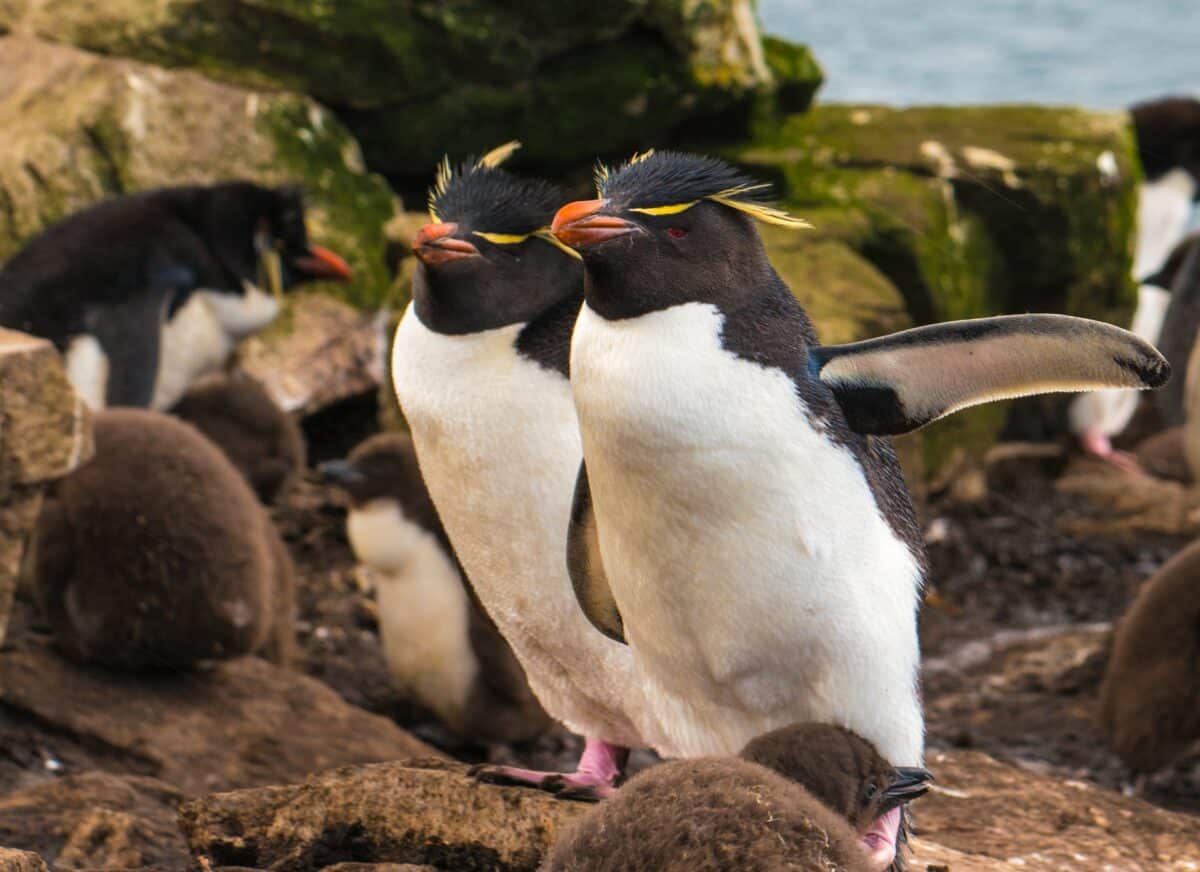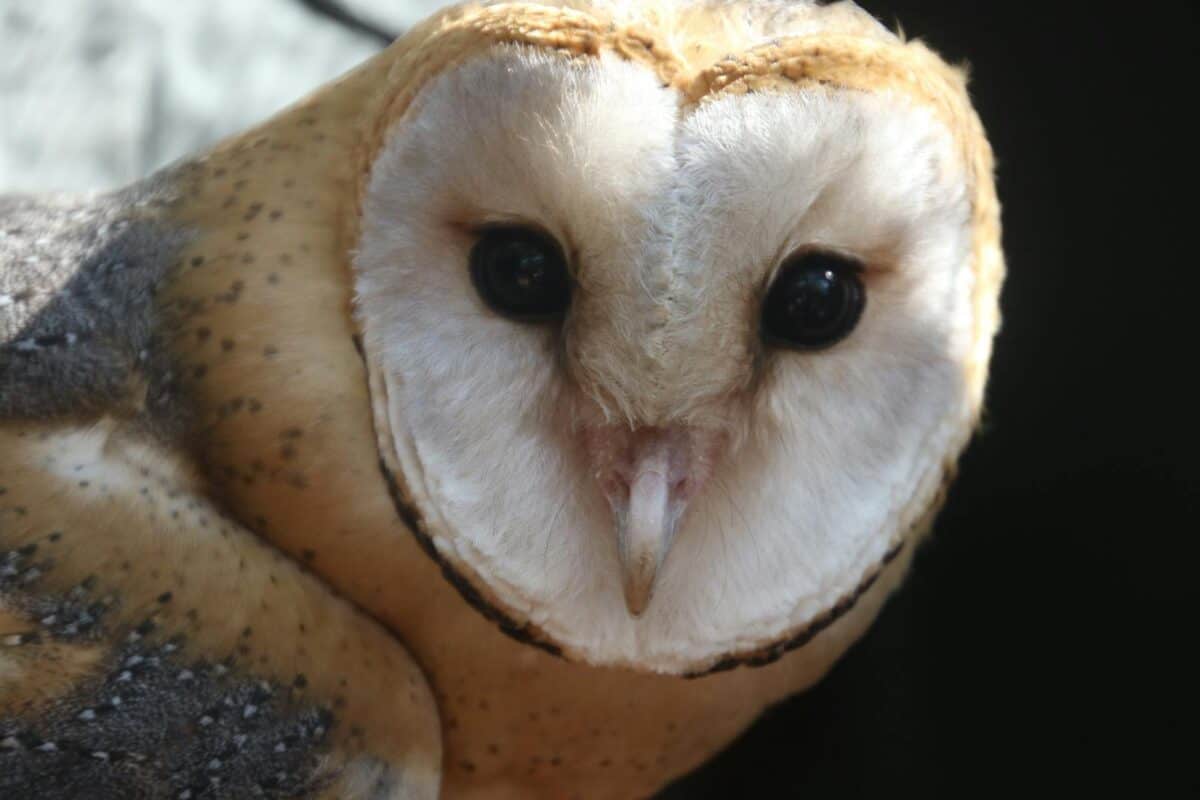In a world where relationships can be fleeting, some animals demonstrate extraordinary commitment to their partners. These species, known for forming lifelong bonds, challenge our understanding of animal behavior and remind us that loyalty exists throughout the natural world. From the depths of the ocean to the heights of the sky, these creatures choose a single mate and remain faithful until death parts them. This article explores ten remarkable animals that mate for life, examining their bonding behaviors, the evolutionary advantages of monogamy, and the sometimes heartbreaking depth of their connections.
Understanding Animal Monogamy

Animal monogamy comes in different forms, with scientists typically distinguishing between social monogamy and sexual monogamy. Social monogamy refers to animals that pair up to raise offspring and share territory, while sexual monogamy involves exclusive mating between partners. True genetic monogamy, where animals mate exclusively with one partner for their entire lives, is relatively rare in the animal kingdom, occurring in only about 3-5% of species. Most of the animals on this list practice social monogamy, which involves forming long-term partnerships for child-rearing, defense, and companionship, even if occasional extra-pair mating occurs. Understanding these distinctions helps us appreciate the complex nature of animal partnerships without romanticizing their behaviors.
Bald Eagles Aerial Fidelity

Bald eagles, America’s national symbol, form some of the most enduring partnerships in the bird world. These majestic raptors typically find their life partners when they’re around four or five years old and maintain these bonds for their 20-30 year lifespan. Their courtship involves spectacular aerial displays, with pairs locking talons and cartwheeling through the sky in a death-defying spiral. Once bonded, eagle pairs work together year after year, building massive nests that can weigh up to a ton after decades of use. These “eagle apartments” serve as the centerpiece of territories the birds defend together. If one mate dies, the survivor will eventually find another partner, demonstrating that while their bonds are lifelong, they aren’t limited to just one mate across their lifetime.
Gibbons Primate Partners

Among our primate relatives, gibbons stand out for their predominantly monogamous relationships. These small, territorial apes live in the rainforests of Southeast Asia and form family units consisting of a mated pair and their offspring. Gibbon couples strengthen their bonds through coordinated duets that can be heard echoing through the forest canopy for up to two kilometers. These musical performances serve multiple purposes: establishing territory boundaries, warning away competitors, and reinforcing the pair bond. Research has shown that while gibbons generally maintain long-term partnerships, some populations exhibit more flexibility than previously thought, with occasional partner-switching observed in the wild. Nevertheless, their tendency toward long-term pairing is unusual among primates and makes them a fascinating example of social monogamy in our extended family tree.
Wolves Pack Loyalty

The gray wolf’s reputation for fierce loyalty extends to their mating habits. In a wolf pack, typically only the alpha male and female reproduce, forming a bond that usually lasts until one of the pair dies. Their partnership goes beyond reproduction, involving complex cooperative behaviors that help ensure the survival of their young. Wolf mates hunt together, defend territory, and share the duties of raising pups, with both parents regurgitating food for their offspring and other pack members. The death of a mate can disrupt the entire pack structure, as the remaining alpha must find a new partner, sometimes leading to reshuffling within the pack hierarchy. This strong pair bonding in the alpha couple provides stability for the entire wolf family unit, creating a cooperative social structure that has allowed these apex predators to thrive across diverse environments.
Black Vultures Unexpected Romantics

Despite their macabre reputation as scavengers, black vultures display surprisingly tender devotion to their mates. These large birds form pairs that remain together year-round and reconnect each mating season for their entire 25-30 year lifespan. What makes black vultures particularly interesting is their apparent enforcement of monogamy within their communities. Researchers have observed black vultures collectively attacking individuals caught engaging in extra-pair copulations, suggesting a form of social policing that maintains pair integrity. This unusual behavior might help explain why genetic studies confirm that black vultures exhibit unusually high rates of true genetic monogamy compared to other bird species. The partners share parental duties equally, with both taking turns incubating eggs and feeding regurgitated food to their nestlings, demonstrating that their commitment extends beyond mere mating to comprehensive life partnership.
French Angelfish Underwater Devotion

Beneath the ocean waves, French angelfish demonstrate that monogamy exists even in the seemingly alien world of coral reefs. These striking black fish with yellow-tipped scales form pairs as juveniles and remain together for their 15+ year lifespan. Marine biologists rarely observe these fish alone; pairs swim together, feed together, and vigorously defend their territory against intruders. Their coordinated movements almost make them appear as a single organism with two bodies. If one member of the pair is caught by a predator, the survivor often fails to pair again and may stop eating, highlighting the depth of their connection. This strong pair bonding makes French angelfish popular in the aquarium trade, though ethical considerations arise from separating these devoted partners. Their lifelong partnerships represent one of the most striking examples of monogamy among reef-dwelling fish.
Albatrosses Oceanic Soulmates

With their massive wingspans and ability to soar for years without touching land, albatrosses might seem like the ultimate symbols of freedom. Yet these seafaring birds are among nature’s most faithful partners. Laysan albatrosses, in particular, engage in elaborate courtship rituals involving synchronized dancing, bill-clacking, and sky-pointing displays that help cement bonds that can last over 60 years. After finding a compatible partner, often after “dating” several potential mates, they typically reunite at the same nesting site year after year, even after spending months apart flying solo across thousands of miles of open ocean. DNA analysis has shown remarkably low rates of “divorce” and extra-pair paternity among albatrosses, with some species exhibiting less than 1% of chicks being fathered outside the pair bond. The death of a partner often leads to a prolonged “mourning” period before the surviving bird might attempt to find another mate.
Termites Royalty for Life

Perhaps the most alien-seeming monogamous relationship on our list belongs to termite kings and queens. In many termite species, particularly in the higher termites (Termitidae), the reproductive royal pair forms a lifelong bond that can last for decades. After their nuptial flight, a successful king and queen shed their wings and create a sealed royal chamber where they will remain together for the rest of their lives. The queen’s abdomen dramatically swells as she transforms into an egg-laying machine, sometimes producing thousands of eggs daily. Meanwhile, the much smaller king remains by her side, periodically mating with her to fertilize new batches of eggs. Their offspring – workers and soldiers – care for the royal couple, feeding them and removing waste. This strange yet enduring partnership forms the foundation of termite colonies that can number in the millions, demonstrating that even among insects, lifelong commitments can be evolutionarily advantageous.
Prairie Voles Neurochemistry of Fidelity

Prairie voles have become scientific celebrities for their unusually monogamous behavior among mammals. Unlike most rodents, these small, brownish voles form strong pair bonds after mating, with couples sharing nesting and pup-raising responsibilities. Their partnerships typically last until one mate dies, though field studies show occasional “divorces” under certain environmental conditions. What makes prairie voles particularly valuable to science is how their brains have helped reveal the neurochemistry behind attachment. Research has shown that hormones like oxytocin and vasopressin play crucial roles in establishing and maintaining their pair bonds. Male prairie voles with higher vasopressin receptor expression show stronger partner preference and better paternal behavior. These findings have led to broader research on the neurobiological basis of social bonding across species, including humans, making prairie voles important models for understanding the biology underlying social attachments and possibly even conditions affecting human relationships.
Macaroni Penguins Antarctic Devotion

With their distinctive yellow crests, macaroni penguins cut striking figures on the sub-Antarctic islands they call home. These medium-sized penguins demonstrate remarkable mate fidelity, returning to the same nesting site and reconnecting with the same partner year after year. Studies at various colonies have found reunion rates between 80-90%, impressively high considering the challenges these birds face. Each year, pairs separate for the winter feeding season, traveling hundreds or even thousands of miles independently before navigating back to their specific nesting site among colonies that can number hundreds of thousands of birds. Their reunions involve elaborate vocalizations and displays as they recognize each other’s unique calls. Both parents share incubation duties and take turns making dangerous foraging trips to feed their single chick. This partnership model has proved successful for macaroni penguins, though climate change and fishing pressures increasingly threaten their ability to maintain these faithful bonds.
Barn Owls Silent Night Partners

Ghostly white and nearly silent in flight, barn owls form some of the most enduring partnerships among raptors. These nocturnal hunters typically find a mate between 1-2 years of age and maintain that bond throughout their lives. A barn owl pair will defend the same territory year-round, nesting in cavities, abandoned buildings, or specially designed owl boxes. Their courtship involves gift-giving, with males presenting prey items to potential mates, along with distinctive vocalizations and flight displays. Once paired, the division of labor is clear: females primarily incubate eggs and brood young nestlings, while males provide food for the entire family. The strength of their bonds is evident in how quickly they can reproduce when conditions are favorable; barn owl pairs can raise multiple broods in a single year, sometimes even having a second clutch of eggs while still feeding fledglings from their first brood. This reproductive strategy relies heavily on their stable partnerships and synchronized efforts.
Evolutionary Advantages of Monogamy

The evolution of monogamy across such diverse animal groups raises fascinating questions about its adaptive advantages. For many species on this list, monogamy appears to have evolved primarily as a parental care strategy. When offspring require extensive care from both parents to survive—like albatross chicks that need months of feeding or wolf pups that benefit from pack protection—the evolutionary pressure for mate fidelity increases. Resource distribution also plays a crucial role; when territories containing essential resources must be defended year-round, partnerships become advantageous. Additionally, in some species, monogamy may serve as protection against infanticide, as males who form bonds with females are less likely to kill offspring they potentially fathered. The diversity of monogamous adaptations across different environments—from termite colonies to ocean depths to arctic conditions—demonstrates that while relatively uncommon, lifelong partnerships represent a successful evolutionary strategy in certain ecological niches.
What We Can Learn From Lifelong Animal Bonds

The remarkable partnerships formed by these diverse animals offer more than just fascinating biological insights—they provide perspective on commitment, cooperation, and adaptation in challenging environments. While we should avoid anthropomorphizing these relationships, the cooperative parenting, territory defense, and mutual support observed in these species demonstrate evolutionary advantages to long-term bonding that transcend human cultural constructs. These animals remind us that loyalty and partnership have deep biological roots extending far beyond our own species. In a rapidly changing world where many of these animals face habitat loss, climate disruption, and other human-caused threats, understanding and preserving these unique life histories becomes increasingly important. Whether soaring through the air as synchronized albatrosses or swimming the reefs as coordinated angelfish pairs, these animals embody nature’s diverse solutions to life’s fundamental challenges through the power of partnership.
- 9 Shark Behaviors That Are Misunderstood And 4 That Are Real Threats - August 19, 2025
- 15 Strongest Animals by Body Size - August 19, 2025
- 6 Ways Bald Eagles Defend Their Territory And 3 That Fail - August 19, 2025

